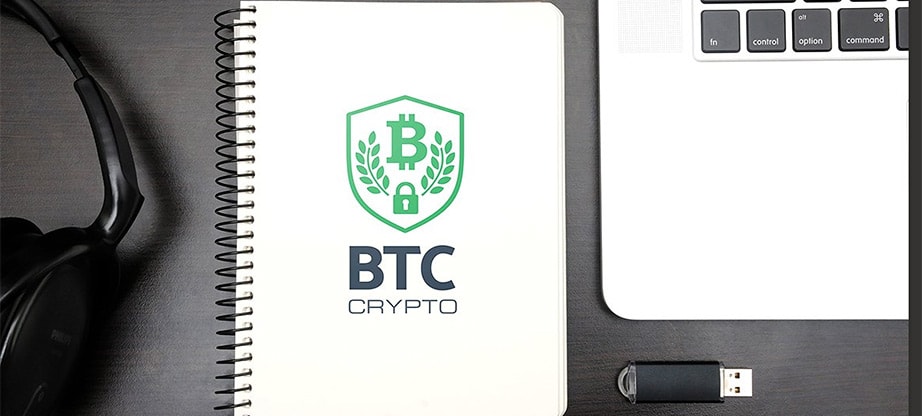Brand Guidelines: Typography Role in Logo Design
This era belongs to entrepreneurs, innovators, and tech geniuses. With the growing number of startups that have started dotting the business landscape, competition is higher than ever. While branding was important earlier, it’s even more important today. Of course, if you want your company to stand out from the rest and make progress. However, no brand is complete without a good company logo that follows brand guidelines.
If you haven’t created a logo yet, then it’s best to create it yourself. Besides, you can use good logo design software that will make your job much easier and deliver results faster. There are many benefits of learning how to create your own logo. It saves money and time and helps you create a product that does justice to your ideas and vision. However, you need to learn a few things first, one of which is typography.
Brand Guidelines: Typography
Believe it or not, typography plays a pivotal role in professional logo design and branding as a whole. Just take a look at the logos of Coca-Cola, Virgin, Facebook- they all are heavily based on unique typography and nothing else.

The following are some of the major brand guidelines on how typography affects branding:
Logo Simplicity
Any logo designer worth their salt will agree that the simplest logos are often the most effective logos. A lot of amateur logo designers try to apply a variety of design techniques, fonts, and color combinations to a logo. What they go for is “uniqueness” or “coolness”, but it usually ends up in a mess of “too many” ideas and concepts that just don’t work. As a rule of thumb, Laura Damiano Designs suggests using no more than two fonts in your logo design to keep it clean and cohesive.
One of the most important principles of a good logo design is that it should just pop up and register in your mind instantly. However, this can only be achieved when the logo design is simple and unique. This is easily possible with good typography.
Originality
Even a 5-year old can create a logo. However, it’s the originality, the uniqueness of a logo that takes creativity and hours of work to achieve. There is no dearth of popular fonts that you can use in your logo, and many businesses actually do that because that’s easy and simple. However, if you really want your logo to stand out, then spend some more time and find/create a unique and distinct typeface.
Getting the Right Message Across
The difference between a company and a brand is that the former is all about numbers and dry data, while the latter is about an emotional connection and a mission that the masses can relate to. After all, that’s the whole point of branding- to connect to a certain category of individuals who share the same philosophy and have the same ideals as the company. However, once again this is where font psychology can play a big role.
Every font stands for something. So, you need to pick the right typeface that aptly represents your brand and its mission. For instance, if you want to present a humble, benign brand personality, you can use a hand-lettering style in which the characters have a human touch. Similarly, if you portray elegance and style with your brand logo, then you can use any of the good script fonts, which belong to the font category that uses cursive strokes. It’s also one of the reasons why these are commonly used in wedding invites, etc.
Logo Brand Guidelines – Things to Remember
If you are going to create your own logo, then there are a few things about fonts that you must pay attention to:
- It’s best to stick with only one type of typeface or font. However, if you want to experiment and create a logo using multiple fonts, then make sure they complement each other. You may also want to look at some of the excellent examples of font pairings.
- The majority of effective logos have a maximum of two typefaces.
- If you are going for a casual or friendly vibe, then use lowercase. Similarly, if you want to give your logo a more streamlined look, then use uppercase.
- Horizontal scaling (either narrow or wide), can be of great help in creating a distinct and appealing logo.
So, these were some of the basic informational pieces about the importance of typography and how to use it effectively. However, nothing is bound by rules in the domain of art. So, feel free to work with your own imagination and create a logo that portrays your company the way you want.


